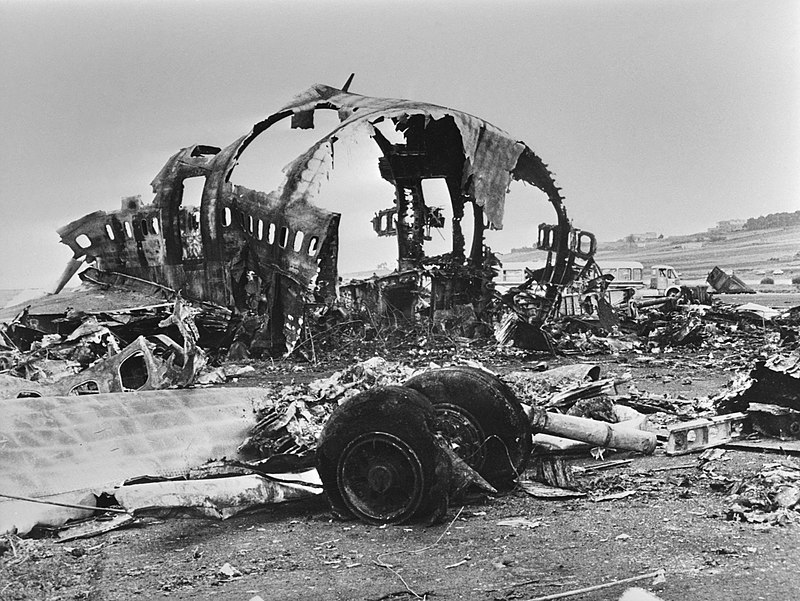On March 27, 1977, a heart-wrenching aviation tragedy unfolded at Los Rodeos Airport, now known as Tenerife North Airport, in Spain’s Canary Islands. A collision between two Boeing 747 aircraft on the runway led to the devastating loss of 583 lives, marking it as the most tragic disaster in aviation history.
The accident happened when fog created visibility problems. A KLM Royal Dutch Airlines 747 and Pan American World Airways 747 waited on the ground at the airport because a bomb threat had redirected their flights away from Gran Canaria Airport. Both KLM flight crew members and Pan Am pilots received wrong signals from their ground controllers, which caused the aviation tragedy. Believing they had clearance for takeoff, the KLM 747 began accelerating down the runway, unaware that the Pan Am 747 was still taxiing in its path. When the Pan Am crew finally spotted the incoming aircraft, they did not have enough time to respond. The KLM aircraft started its takeoff attempt before hitting the Pan Am jet, which caused a severe explosion.
The horrible collision resulted in complete destruction for all 248 KLM personnel, including passengers and crew members, and the 335 Pan Am flight passengers and crew members. Sixty-one individuals on board the Pan Am flight managed to survive following their escape from the burning wreckage.
The Tenerife Airport Disaster sparked a series of wide-ranging changes that revolutionized aviation safety operations:
- The aviation industry standardized specific communication vocabulary between pilots and air traffic controllers to minimize communication errors.
- Enhancements to cockpit resource management practice mandated crew members to test their colleagues’ decision-making choices whenever doubt arises.
- Enhanced airport safety protocols, particularly in foggy conditions.
The Tenerife Airport Disaster reminds all aviation operators of the critical role of effective communication and unwavering safety compliance in airspace operations. The safety improvements that have emerged from this tragic event continue to benefit modern commercial aviation operators.

